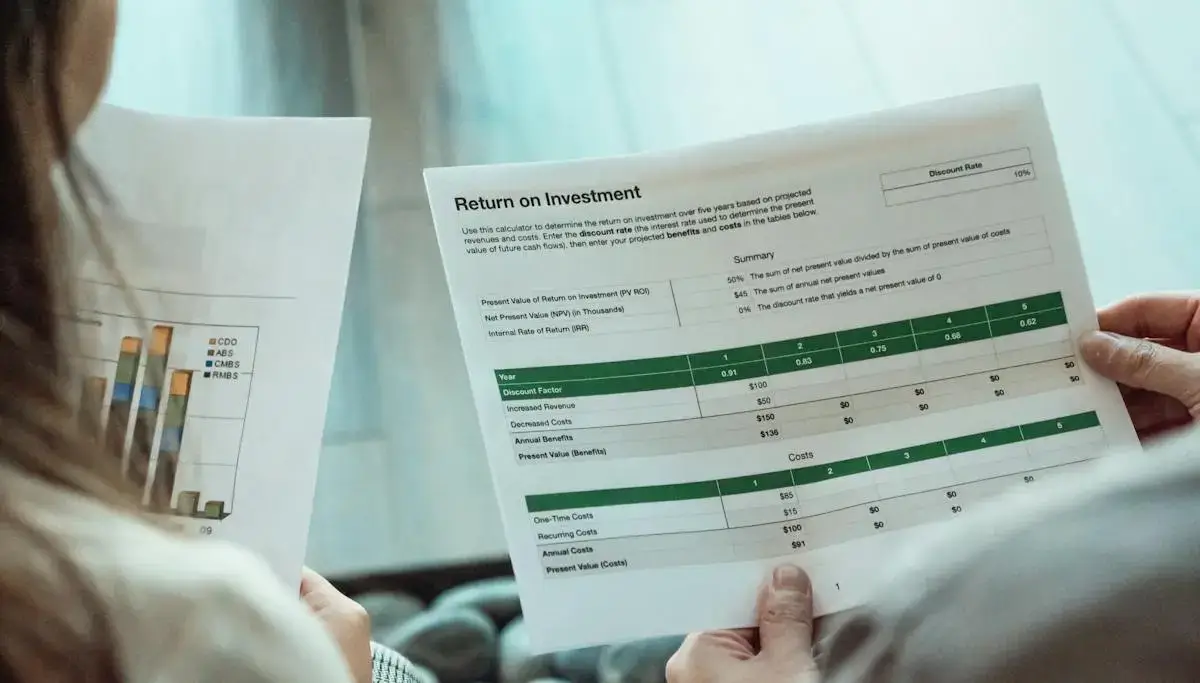
Investment Analysis Under Risk: Overview & Types
Different investment proposals have different degrees of risk and if the acceptance of one proposal alters the business risk complexion of the company, total valuation of the company may change. Thus, risk must be incorporated into the capital budgeting decision.
Risk involves situations where the probabilities of a particular event occurring are known whereas with uncertainty these probabilities are not known. The riskiness of a project is defined as the variability of its returns.
When risk is introduced, a firm is no longer indifferent between two investment proposals having the same NPV sor IRRs. So far, in the analyses, it is assumed that the net cash flow form a project at each interval is a single number. However, for any investment decision there are possible outcomes. This is the nature of business risk.
Types of Risk
1. Standalone Risk
The measure of standalone risk is the coefficient of variation of the project’s returns. Standalone risk views the risk of a project in isolation without regard to portfolio effects. The starting point for analyzing a project’s standalone risk involves determining the uncertainty in the cash flows.
2. Corporate Risk
A project’s corporate risk is the contribution of the project to the overall total risk or the impact of the project on the variability of the firm’s consolidated cash flows. A project’s corporate risk depends on the both the project’s standard deviation of returns relative to that of the entire firm and on the correlation of project returns with the profitability of the firm’s returns without the project. This beta coefficient( B p,f) is found by regressing the project returns against the returns of the firm excluding the project. This is a measure of the project’s contribution to firm risk.
Most projects are positively correlated with the firm’s assets, the correlation being the highest for projects that are in the firm’s core business and lower for those outside the core business. The correlation is rarely +1 , so a project’s stand alone risk (standard deviation) can be diversified away to determine corporate risk. If ßp,f is equal to one, it has the same corporate risk as an average project.
A project with a large standard deviation and a high correlation will have more corporate risk than a project with a low standard deviation and a low or negative correlation. However, a large standard deviation is desirable if project’s returns are negatively correlated with the firm’s other returns.
3. Market Risk
The market risk views a project’s risk within the context of the firm’s stockholders’ diversification in the general stock market. If a project’s stand alone risk is totally diversified in the firm’s portfolio, CAPM provides useful insights into risk analysis in capital budgeting. A project’s beta is found by regressing project returns against returns on the market. This is market beta ( Bp,m) and reflects the project’s contribution to the risk borne by stockholders.
Corporate risk and standalone risk are as important as market risk because:
- Undiversified stockholders, including the owners of small businesses, are more concerned about corporate risk than about the market risk.
- Investors, even the well diversified ones, consider factors other than market risk when setting required returns. One such factor is financial distress which depends on corporate risk.
- Stability of earnings become important to all stockholders. So corporate risk is important.
Standalone risk is relevant to a start up firm which is evaluating its first project. Mostly, the three types of risk are correlated. Weighted average cost of capital (WACC) is the starting point for estimating a project’s risk adjusted discount rate.
YOU CAN ALSO CHECK: